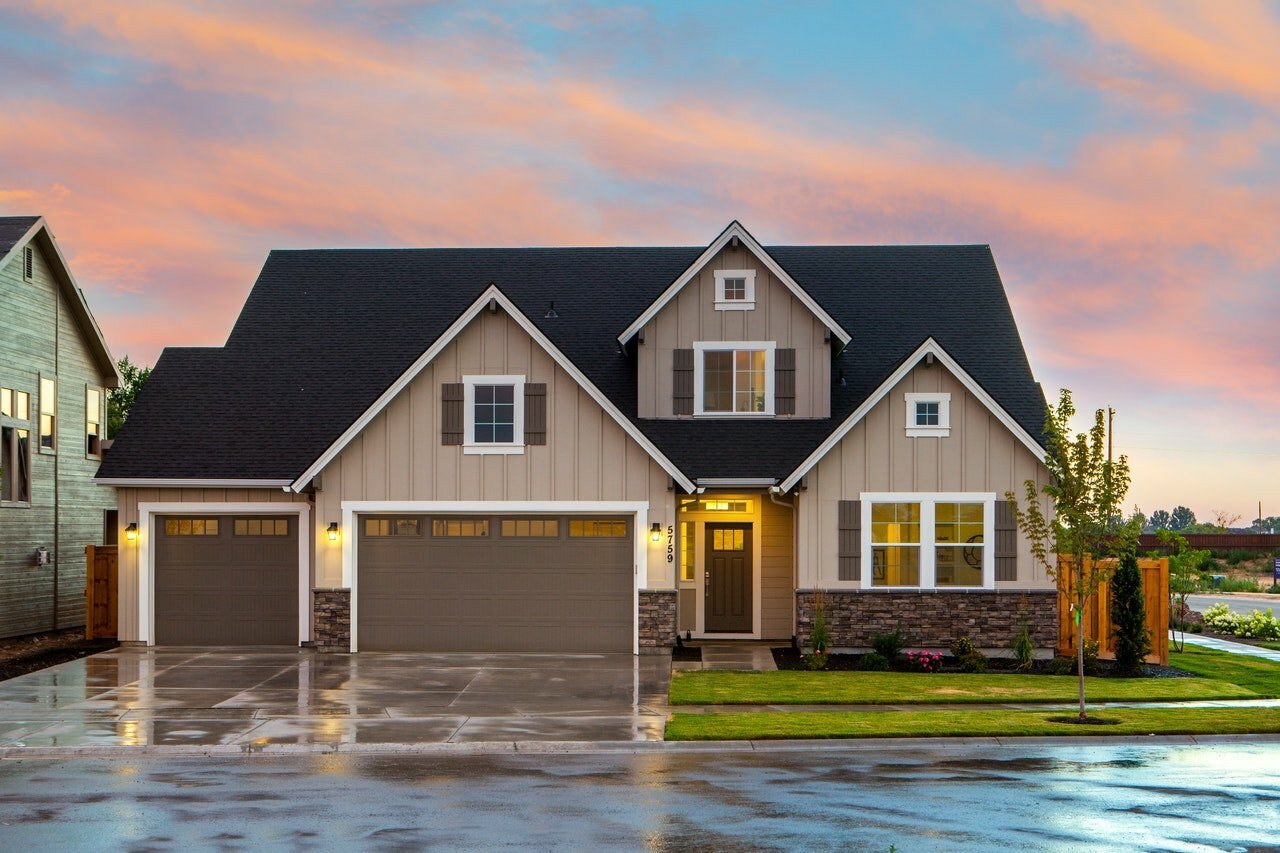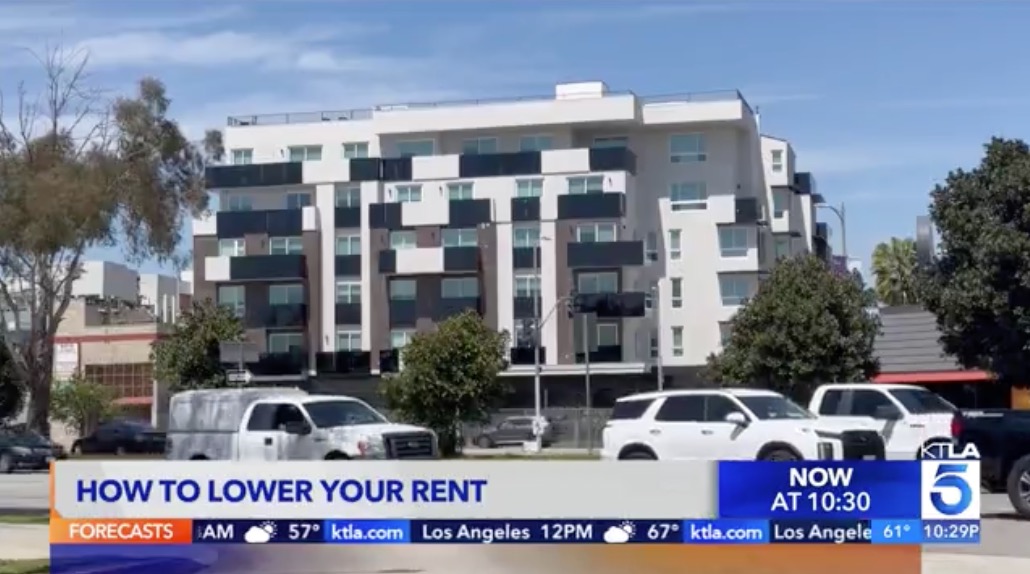When you’re asked to picture a house in American suburbia, it’s likely that a single-family home comes to mind. Four walls, a backyard, and perhaps a white picket fence––sound familiar? You might be dreaming of owning one but these days renting a house is more popular than ever. Their popularity of homes for rent is surging these days across the country as is the number of available units. Let’s dive deeper into what single family rental homes are, why people want them, and a few other things you might want to know.
What is a Single Family Home?
A single family home is a standalone living space on its own plot of land. They are designed for one family unit to live within them, so they have one kitchen and do not share utilities with other living spaces. Usually, single family homes do not share walls with other living spaces, either; however, spaces like row houses and townhouses are also often considered and labeled as single family homes so long as they have a full ground-to-roof wall separating them. You can check out the full US Census definition for more details.
Why is Renting a House So Popular Right Now?
So what’s up with the skyrocketing popularity of homes for rent? Like many things, It has to do with the COVID-19 pandemic. Because many folks are doing their best to stay at home these days, people are often finding that they’d like a little more space. Single family homes are usually larger than apartments, which is an upside if you need more breathing room. This can be especially important for those who are working from home. Living in a less densely populated area, on your own plot of land, also means that it’s easier to isolate from your neighbors. That’s a big concern during the pandemic, too.
Who Should Consider Living in a Rental Home?
Different types of residential life will be right for different kinds of people. This is true whether you’re a single person, two partners, or a family. As the name suggests, however, single family homes typically house one family. This is usually a family who values the privacy and space a single family home can afford.
In order to figure out whether a single family home is right for you, let’s dive into some more of the pros and cons of living in one. That way, you can make an educated decision when you consider which kind of dwelling space is best for you.
What Are the Pros of a Single Family Home?
- Space: One of the biggest advantages to a single family home is the amount of space. As we’ve said, this can be considerably more than an apartment. Many single family homes have multiple floors, including attics and basements. Backyards are also common in single family homes, and this can be a big draw, especially for a family with kids.
- Privacy: Single family homes are on their own plots of land and don’t share walls with other residences. This means they afford a family more privacy than a dwelling such as an apartment. This means considerably less worry about the noise level in your home, too. That could be an upside if you have kids.
- Storage: Single family homes often have a lot of storage space, which is often an issue for those with smaller dwelling spaces. This includes garages, sheds, and other outdoor structures, too. If you have a family, possessions can start to accumulate pretty quickly. You might have trouble figuring out how to keep everything neat and tidy without the necessary storage space.
- Architecture: The sheer diversity of single family homes can be an upside. There are lots of different architectural styles to choose from, so you can find something which fits your taste.
- Schools: The quality of public schools in the suburbs is a huge draw for many families. Typically, these public schools are better funded than their counterparts in the city, which means that their kids will have access to more educational resources.
- Job mobility: You never know when you might need to move for work. If you switch jobs and end up having to move, renting a home will give you the flexibility necessary. This way, you won’t risk having to sell your house at a loss.
- Lack of interest in maintenance: Renting your single family home means that your landlord will handle all of the maintenance. This means that there’s a lot less upkeep on your end, saving you time and energy. If you want more info on who does what, check out our blog post on landlord-tenant responsibilities in your rental home.

What Are the Cons of a Single Family Home?
- Cost: Single family homes are also priced higher than different types of dwellings because they’re more spacious and private. If you have yards and a garage, you’ll end up paying for those spaces, too.
- Expensive utilities: Renters of single family homes often cover the majority of utilities. Because of the larger spaces these can be very expensive. Heating large drafty homes and watering expansive gardens through the summer will cause the cost of your utilities to rise.
- Few to no amenities: Unlike apartments and condominiums, single family homes normally do not provide lots of amenities. This can be a drawback for those who like the amenities which often come with other types of residences. You won’t have communal areas such as playgrounds, unless such things come built into the yard area. Even then, you’ll be responsible for their maintenance.
- Lease Termination: Individual landlords own single family homes. They are often sold when the market gets hot because they consist of a large percentage of the owner’s personal portfolio. Check out local area renter protections to see what happens to your lease in case of sale.
How to Look For a House on Dwellsy’s Property Search
So how exactly do you find a home for rent? Our main tip is as follows: Know your neighborhoods. Our listings are diverse and reflective of the pool of property in the United States; however, the data available on property type is not as good as we’d like it to be. One way around this is to limit your search to areas with a larger percentage of single family homes. That way, you can be more sure that you’re looking at a listing for a single family home. We also have a post explaining what to look for in a rental house.
We hope that this in-depth look into single family homes has helped you to better understand what they are. If you’ve decided that a single family home might not be for you, you can check out our other posts on different types of apartments and our explainer on what a condo is. Whatever you may decide, you’re now armed with more information than you were before.
Check out our other blog posts.








